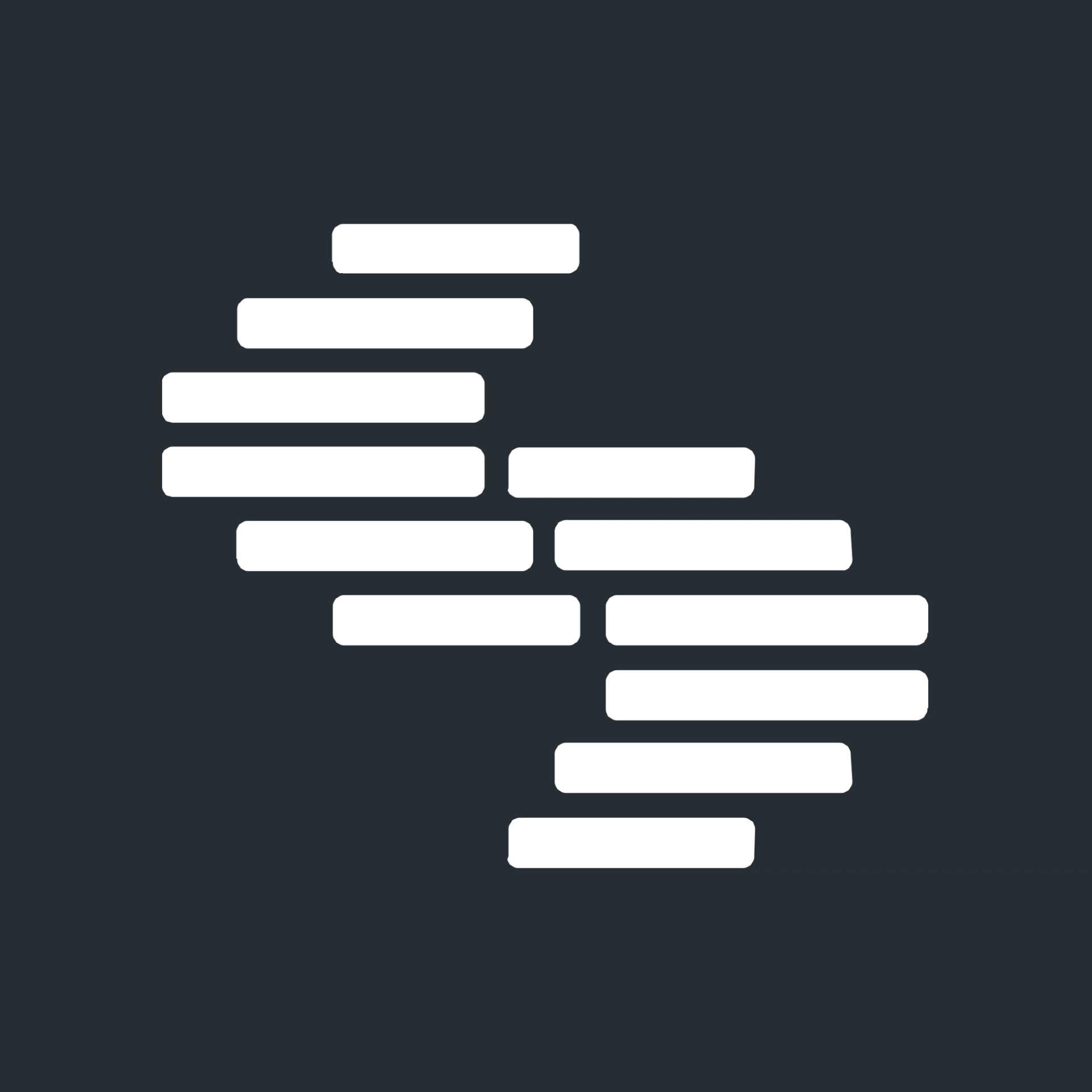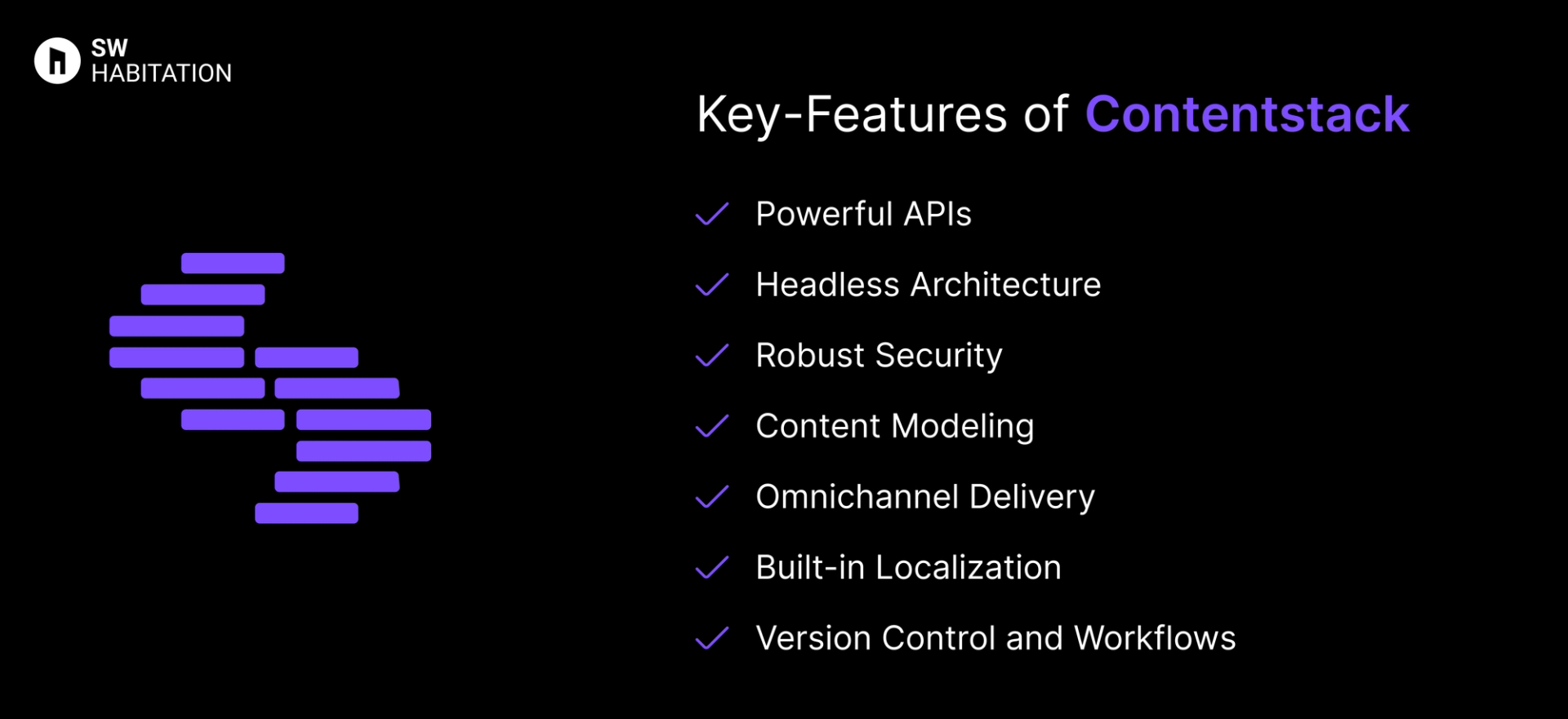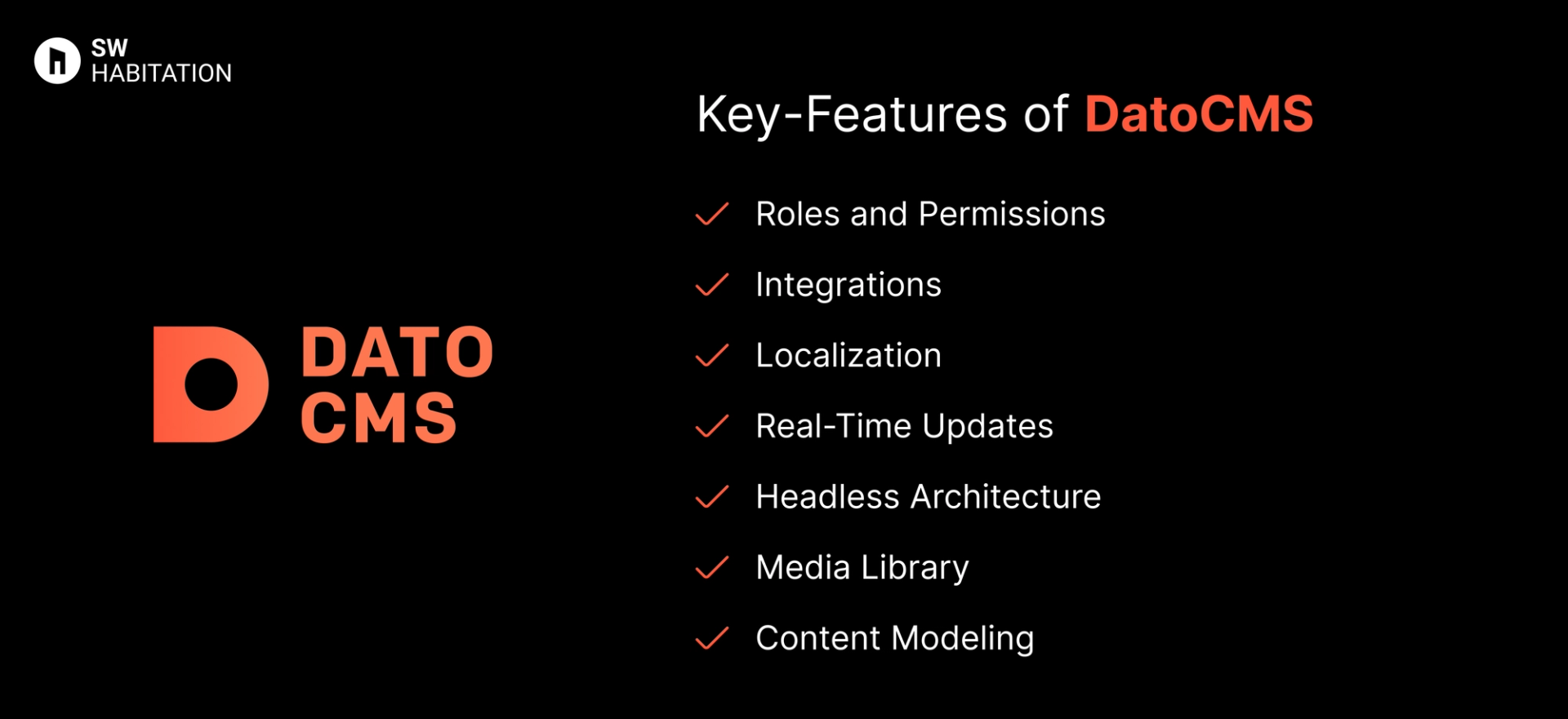Contentstack vs. DatoCMS

Contentstack

DatoCMS
You know, when you wanna make a website or a blog but don’t wanna mess with too much code? That’s where a CMS (Content Management System) comes in. It’s like a super easy tool that helps you add text, pictures, and videos to your site without needing to be a tech genius. You just log in, click a few buttons, and your content is live. It's quite simple, right?
What is Contentstack?
Contentstack is a headless CMS built to help teams create, manage, and deliver content across multiple digital platforms.
Unlike traditional CMS platforms, Contentstack separates content management from presentation, allowing you to deliver content via APIs to websites, mobile apps, IoT devices, and more.
Its focus on enterprise-level content management. It’s built with scalability, collaboration, and performance in mind which makes it a top choice for large teams and large projects.
Key Features of Contentstack


- Powerful APIs: Integrate easily with front-end frameworks like React, Vue, and Next.js.
- Headless Architecture: Decouple content from presentation for maximum flexibility.
- Robust Security: Enterprise grade security features for peace of mind.
- Content Modeling: Design content structures that fit your project’s needs.
- Omnichannel Delivery: Publish content across websites, mobile apps, and beyond.
- Built-in Localization: Handle multi language content natively.
- Version Control and Workflows: Track content changes and manage workflows with ease.
Advantages of Contentstack
- Collaboration Friendly: Built-in workflow management makes team collaboration smooth.
- Highly Scalable: Handles large projects and complex content models effortlessly.
- Top-Notch Security: Enterprise-grade security features to protect your content.
- Omni-channel Support: Deliver content to web, mobile, IoT, and more from a single source.
- Powerful API: Integrates seamlessly with popular front-end frameworks.
Disadvantages of Contentstack
- Learning Curve: It can be a bit overwhelming for beginners.
- Pricing: Enterprise-level features come with an enterprise-level price tag.
- Overkill for Small Projects: Best suited for large scale projects.
What is DatoCMS?
DatoCMS is a headless CMS built to manage content and deliver it across websites, mobile apps, and beyond. It gives developers the flexibility to work with their favorite front-end frameworks while providing content creators with a clean, intuitive interface.
Whether you’re building a personal blog or handling a massive e-commerce website, DatoCMS simplified the process by providing a simple dashboard and robust API for content delivery.
Key Features of DatoCMS


- Roles and Permissions: Manage team access with fine-grained control.
- Integrations: Works well with Next.js, Gatsby, and other static site generators.
- Localization: Built-in support for multi-language content.
- Real-Time Updates: Content changes reflect instantly across all platforms.
- Headless Architecture: Deliver content anywhere using GraphQL or REST APIs.
- Media Library: Manage images, videos, and files with ease.
- Content Modeling: Design content structures that fit your project needs.
Advantages of Datocms
- Great for JAMstack: Integrates seamlessly with modern web technologies.
- User-Friendly: Clean UI for content editors — no technical knowledge required.
- Simple Setup: Get started quickly with minimal configuration.
- Scalable: Handles projects of all sizes, from small blogs to large applications.
- GraphQL Support: Fetch exactly the data you need with powerful queries.
Disadvantages of Datocms
- Learning Curve: GraphQL is powerful but requires some learning if you’re new to it.
- Paid Plans for Advanced Features: Features like advanced roles and high traffic require a paid plan.
- Limited Free Plan: The free tier has restrictions.
Comparison Between Contentstack vs DatoCMS
Use Cases of Contentstack
- Enterprise Projects: Large-scale applications and websites.
- Omni-channel Content Delivery: Publish content across multiple platforms seamlessly.
- Collaborative Teams: Built-in workflows make it easy to manage multiple contributors.
- Complex Content Models: When your content structure is more complex.
Use Cases of DatoCMS
- Teams with Editors and Developers: Editors get a clean UI, while developers enjoy the flexibility of GraphQL.
- JAMstack Lovers: Works seamlessly with static site generators like Next.js and Gatsby.
- Multi-Language Projects: Built-in localization makes managing translations easy.
- Content-Heavy Websites: Ideal for blogs, e-commerce, and marketing sites.
Other Resources
Conclusion
Headless CMS platforms make managing your website very simple and easy. Whether you’re running a blog, online store, or business, they handle the tough stuff so you can focus on your content.
With a user-friendly interface and the ability to work with any technology, you can create a site that really fits your needs.
These platforms are flexible, secure, and can grow with you. They offer features like custom content, easy editing, and integrations with other tools. Choose the one that fits your requirements and start building your dream website today 🚀
Frequently asked questions
What is Contentstack?
It’s a headless CMS that lets you manage content separately from your website’s design. Great for big projects.
Is contentstack hard to learn?
Not at all. It’s user-friendly, but if you’re new to headless CMS, there might be a small learning curve.
Can I use contentstack with React or Next.js?
Absolutely, Contentstack works well with modern frameworks like React, Next.js, and more.
Is contentstack free?
It’s not free, but there’s a trial to help you see if it fits your needs before committing.
Does contentstack handle multi-language content?
Yes, it’s great for managing content in multiple languages!
Is DatoCMS good for editors?
Yes, DatoCMS has an intuitive, user-friendly admin interface that’s designed for content editors. It’s easy to add, update, and manage content without needing to touch code.
Is DatoCMS free to start?
DatoCMS has a free tier for small projects. It’s great for personal or small business sites, offering a manageable amount of content and API calls before you need to upgrade.
Does DatoCMS have image optimization?
Yes, DatoCMS provides powerful image optimization tools right out of the box. You can resize, crop, and optimize images for faster performance and better user experience.
What frontend can I use with DatoCMS?
DatoCMS is frontend-agnostic, so you can use any framework or static site generator you prefer—React, Next.js, Gatsby, Vue, or even plain HTML. It's flexible to meet the needs of any project.
